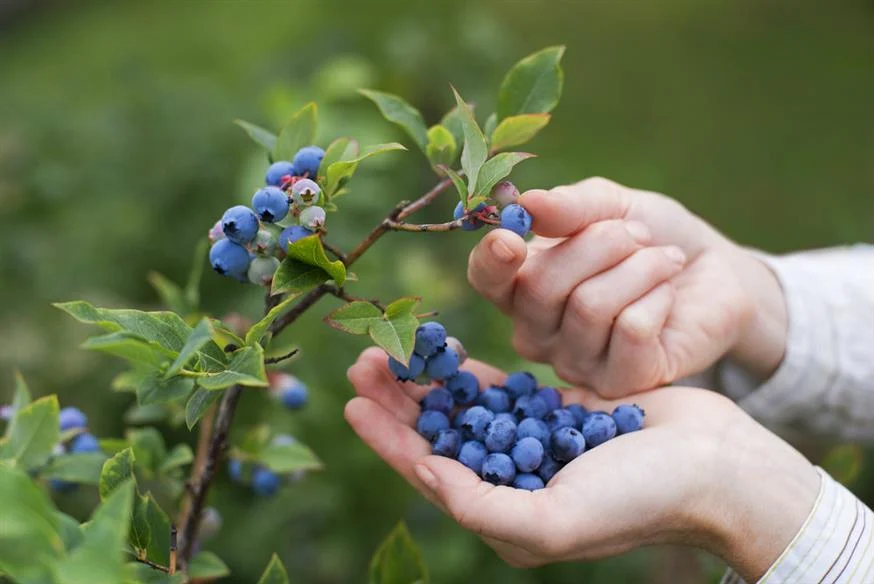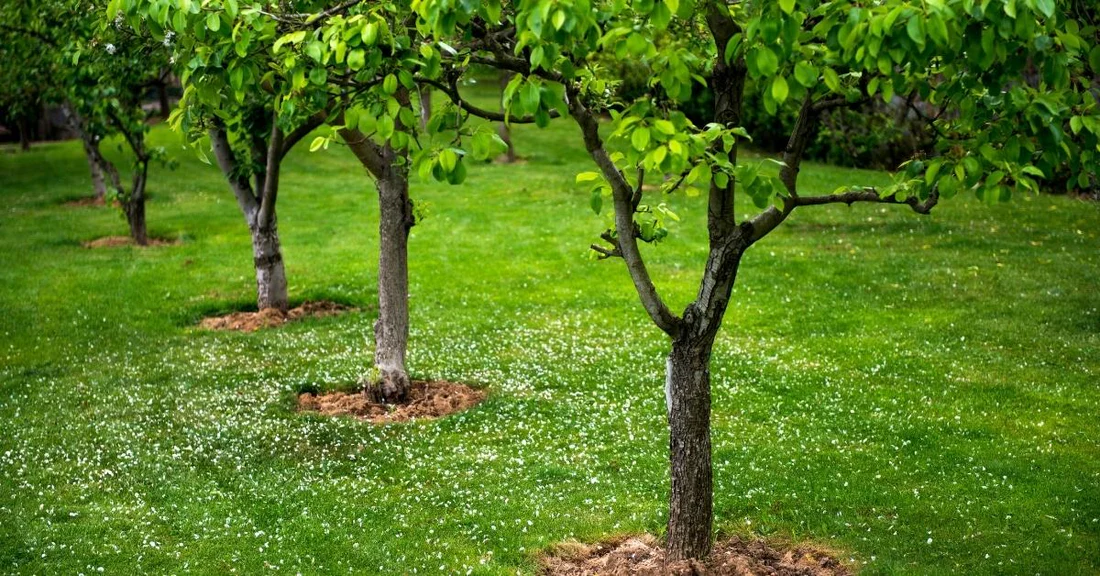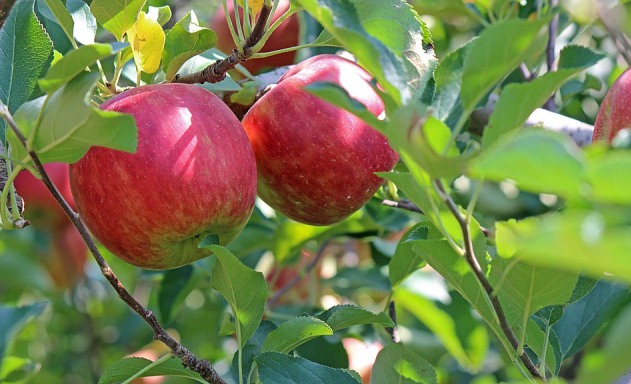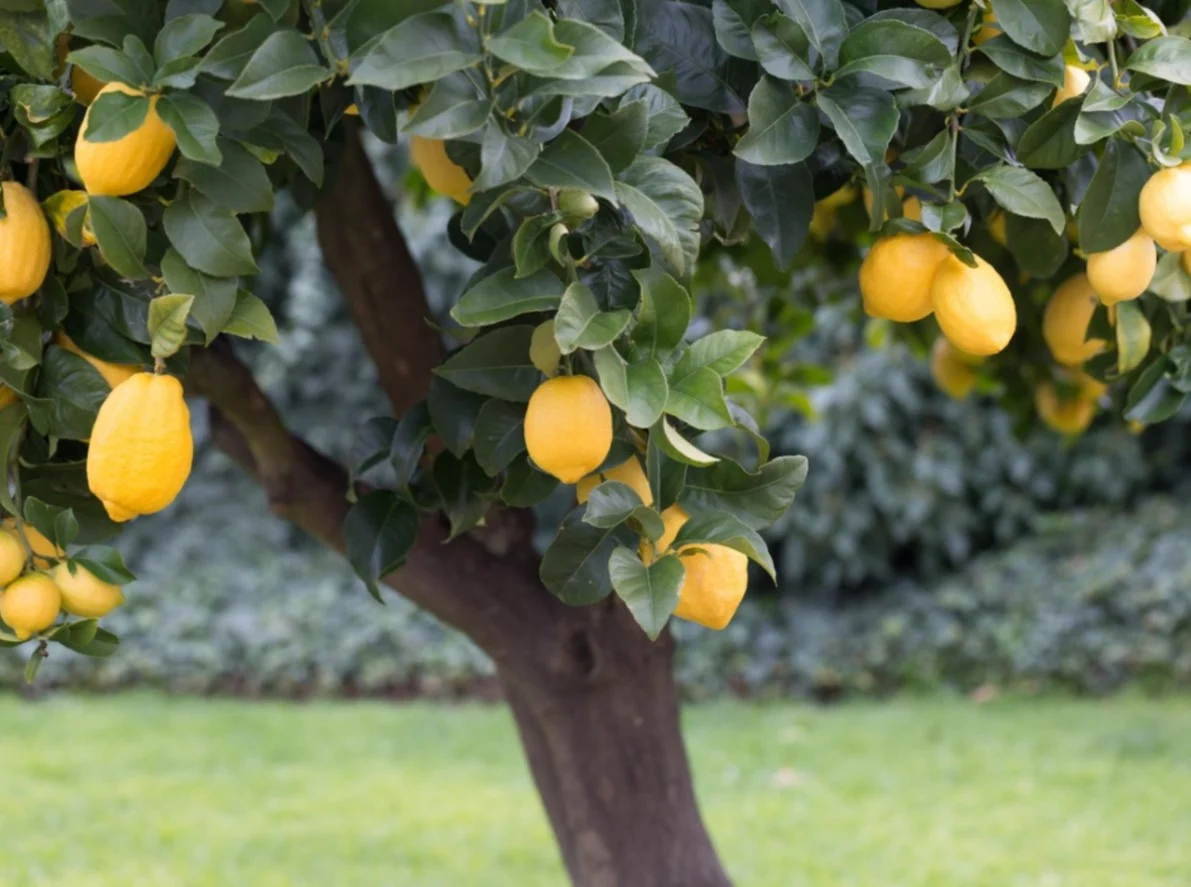The Beauty and Benefits of Fruit Trees: A Guide for Gardeners and Nature Lovers

Fruit trees have been a vital part of human life for thousands of years, providing not only nourishment but also beauty, shade, and a connection to the natural world. From the sweet fragrance of blooming blossoms to the satisfaction of harvesting your own produce, growing fruit trees offers an array of rewards. Whether you’re a seasoned gardener or a beginner, this comprehensive guide will help you understand the many facets of fruit trees and inspire you to cultivate them in your garden or backyard.
Why Plant Fruit Trees?
There are numerous reasons to grow fruit trees beyond just the delicious harvest. Here are a few key benefits:
- Fresh, Organic Produce: Homegrown fruits are healthier and tastier than store-bought options, free from pesticides and preservatives.
- Environmental Impact: Fruit trees absorb carbon dioxide, reduce air pollution, and support biodiversity by attracting birds and insects.
- Economic Savings: After the initial investment, fruit trees can provide a continuous supply of food at little to no cost.
- Aesthetic Value: Fruit trees are beautiful year-round—blossoms in spring, fruit in summer, foliage in autumn.
- Emotional and Physical Health: Gardening is a therapeutic activity that encourages physical movement and reduces stress.
Popular Types of Fruit Trees
Different types of fruit trees are suitable for various climates and soil types. Here are some of the most popular varieties:
Apple Trees
Apple trees are among the most common fruit trees. They thrive in temperate climates and offer hundreds of cultivars, each with unique flavors and harvest times.

Peach Trees
These trees prefer warmer climates and well-drained soil. Peach trees are known for their juicy, aromatic fruit and attractive pink blossoms.
Cherry Trees
Both sweet and sour cherry trees are prized for their beautiful blooms and vibrant fruit. They require a cold winter to produce fruit.
Fig Trees
Native to the Mediterranean, fig trees are ideal for hot, dry areas. They produce soft, sweet fruit and need minimal care once established.
Citrus Trees (Orange, Lemon, Lime)
Citrus trees love sunny locations and are perfect for subtropical regions. They can also be grown in pots in cooler climates and brought indoors in winter.
How to Plant and Care for Fruit Trees
While fruit trees require patience, their long-term rewards are well worth the effort. Here are the essential steps to planting and caring for fruit trees:
1. Choose the Right Location
Select a sunny spot with well-draining soil. Most fruit trees need at least 6-8 hours of direct sunlight daily.

2. Test and Prepare the Soil
Fruit trees prefer slightly acidic to neutral pH levels. Enrich the soil with compost or organic matter before planting.
3. Planting
Dig a hole twice as wide and deep as the root ball. Gently loosen the roots and place the tree at the same depth it was growing in the nursery pot. Backfill with soil and water thoroughly.
4. Watering
Newly planted trees need regular watering—typically once a week—until established. Mature trees may only need water during dry spells.
5. Pruning and Training
Prune annually to remove dead or diseased branches, improve airflow, and shape the tree for optimal sun exposure and harvest.

6. Fertilization
Use organic fertilizers or compost in early spring to promote healthy growth. Avoid over-fertilizing, as this can lead to excessive leaf growth and poor fruiting.
7. Pest and Disease Control
Monitor trees regularly for signs of pests or disease. Use natural remedies or targeted treatments to avoid harming beneficial insects.
Growing Fruit Trees in Containers
For those with limited space, many fruit trees can thrive in large pots or containers. Dwarf varieties are especially suited for patios, balconies, or small yards. Container-grown trees need more frequent watering and fertilizing but offer flexibility and accessibility.
Companion Planting and Pollination
Some fruit trees, like apples and pears, require cross-pollination from another tree to bear fruit. Planting compatible varieties nearby ensures successful pollination. Additionally, companion planting with herbs and flowers such as lavender, basil, and marigolds can deter pests and improve tree health.
Seasonal Care Tips
- Spring: Time for pruning, fertilizing, and monitoring for pests.
- Summer: Regular watering and watching for signs of disease.
- Autumn: Harvesting fruit and preparing the tree for winter.
- Winter: Dormancy period; wrap young trunks to protect from frost.
Common Challenges and Solutions
Even experienced gardeners face challenges with fruit trees. Here are a few common issues and tips to overcome them:
- Fruit Drop: Often caused by overwatering, nutrient imbalance, or poor pollination.
- Leaf Curl or Spots: Fungal diseases can be controlled with organic fungicides or pruning affected areas.
- Low Yield: May be due to poor pruning, lack of sunlight, or inadequate pollination.
The Joy of Harvest
There’s nothing quite like harvesting a ripe, sun-warmed fruit from your own tree. It brings a sense of accomplishment, deeper appreciation for nature, and even a culinary spark as you incorporate fresh fruits into jams, pies, or snacks.
Conclusion
Fruit trees are a long-term investment in your health, environment, and lifestyle. With the right care, they can provide decades of beauty and sustenance. Whether you’re planting one tree or creating an entire orchard, the rewards are both tangible and deeply fulfilling.

So roll up your sleeves, dig in the soil, and start your journey into the world of fruit trees. Your future self—and your garden—will thank you.
